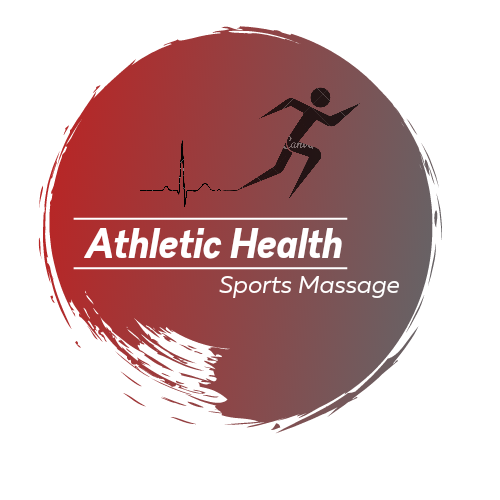Muscle Maintenance: How to Effectively Treat and Recover from Muscle Injuries
- Pieter Kemp

- Jan 6, 2023
- 3 min read
Exercise is an important part of maintaining good physical health, and it can have numerous benefits for the muscles in our bodies. However, it is also possible to experience muscle injuries during exercises, such as muscle strains or tears.
Understanding what happens to our muscles during exercise and how to effectively treat muscle injuries can help us to maintain good muscle health and reduce the risk of injury.
When we exercise, our muscles are subjected to a range of stresses and strains.
This can lead to small tears in the muscle fibres, which is a normal part of the muscle repair and strengthening process. As the muscle repairs itself, it becomes stronger and more resilient, allowing us to handle the demands of exercise more effectively. This process is known as muscle adaptation.

However, it is also possible to experience more significant muscle injuries, such as muscle strains or tears, which can be painful and impede our ability to exercise. A muscle strain occurs when the muscle fibres are stretched or torn, and it can be caused by overuse, improper technique, or sudden, forceful movement. A muscle tear is a more severe injury that involves a complete rupture of the muscle fibres. These types of injuries can be particularly common in athletes who engage in high-intensity or contact sports, but they can also occur in people who engage in less intense forms of exercise.
There are a number of treatment options for muscle injuries, including rest, ice, compression, elevation (known as the RICE method), and over-the-counter pain medications. In more severe cases, physical therapy or sports massage may be recommended to help the muscle heal and regain strength.
Sports massage can be an effective recovery method for muscle injuries. It involves the application of pressure and manipulation of the soft tissues to improve circulation, reduce muscle tension, and promote healing. Massage can also help to reduce inflammation and swelling, which can be beneficial in the early stages of injury. It is important to seek out a qualified massage therapist who has experience working with athletes or people with muscle injuries.
Ice can also play a role in the treatment of muscle injuries. Applying ice to the injured area can help to reduce inflammation and swelling, and it can also numb the area to reduce pain. It is important to apply ice for short periods of time (15-20 minutes) and to wrap the ice in a towel or cloth to avoid causing frostbite. Ice should generally be applied in the first 48-72 hours after the injury to help reduce inflammation and swelling.
By understanding the demands that exercise places on our muscles and how to effectively treat muscle injuries, we can maintain good muscle health and reduce the risk of injury.

Whether you are an athlete or simply looking to maintain good physical health, taking care of your muscles is an important part of your overall well-being. This includes being aware of your body's limits and respecting them, using proper technique when exercising, and allowing enough time for your muscles to rest and recover between workouts.
In addition to the RICE method and sports massage, there are a number of other ways to aid in the recovery of muscle injuries. These include:
Stretching: Gentle stretching can help to improve flexibility and reduce muscle tension.
Heat therapy: Applying heat to the injured area can help to improve circulation and promote healing. Heat therapy is generally best applied after the initial inflammation and swelling have subsided.
Exercise: Gentle exercise, such as walking or swimming, can help to improve circulation and promote healing. However, it is important not to overexert the injured muscle until it has had time to heal.
Nutrition: Eating a diet rich in protein can help to support muscle repair and recovery. Foods such as lean meats, fish, and plant-based proteins can be good sources of protein.
By following a combination of these recovery methods, you can help to support the healing process and get back to your regular activities as soon as possible. Remember, it is always a good idea to consult with a healthcare professional if you are experiencing a muscle injury, especially if the pain is severe or does not improve with home treatment.





Comments